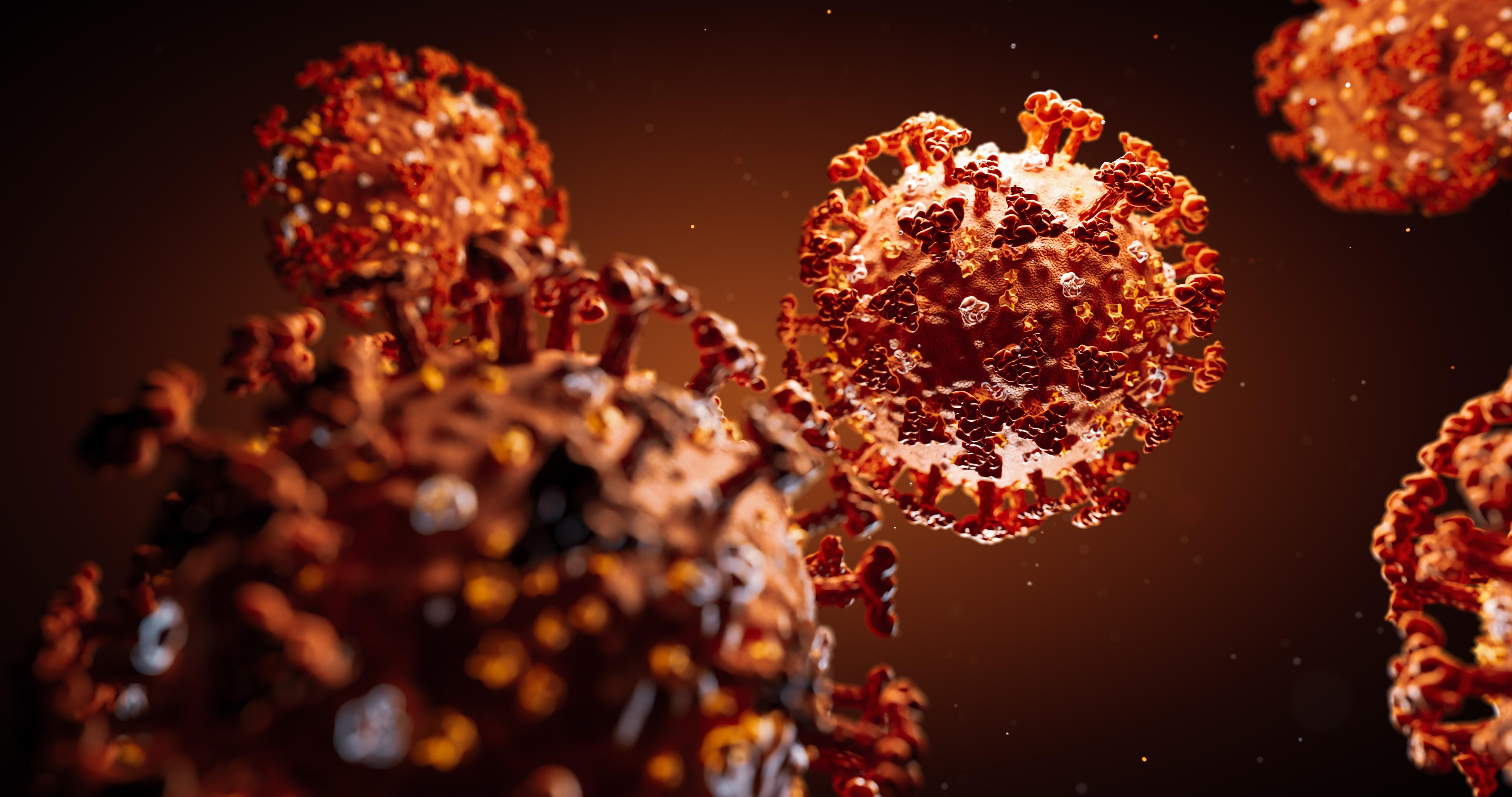Article
Israeli Study Details Myocarditis Risk Associated with Pfizer COVID-19 Vaccine
An analysis of more than 9 million patients, including more than 5 million receiving both doses, provides insight into the risks of myocarditis associated with the BNT162b2 COVID-19 vaccine.
This article was originally published on HCPLive.com.

A new study from Israel is providing clinicians with further insight into the risk of myocarditis associated with COVID-19 vaccines.
A study assessing the risk associated with the BNT162b2 (Pfizer-BioNTech) COVID-19 vaccine in Israel, results of the study provide insight into the apparent risk of myocarditis according to dose number and other factors. A team of investigators, led by Dror Mevorach, MD, Hadassah Hebrew University Medical Center, observed the incidence of myocarditis, while considered low, increased after receipt of COVID-19 vaccination, particularly after the second dose in young male recipients.
Methods
A retrospective review of data on presumptive cases of myocarditis was performed, with medical records obtained from the Ministry of Health database in Israel. Data was obtained from December 2020 - May 2021.
Criteria for myocarditis was adapted using the case definition of the Bright Collaboration and classified as definitive, probably, possible, having insufficient data, or having an alternative diagnosis. Investigators used descriptive frequencies, percentages, means, and standard deviations to characterize cases of myocarditis according to age, sex, time elapsed since vaccination, length of hospital stay, and clinical outcome.
Additionally, investigators analyzed the occurrence of myocarditis through computing the risk difference for the comparison of myocarditis incidence after the first and second vaccine doses, at 21 days apart.
Then, they calculated the standardized incidence ratio of the observed-to-expected incidence within 21 days following the first dose and 30 days after the second dose. Further, they calculated the rate ratio 30 days after the second dose, in comparison to unvaccinated patients.
Findings
In Israel, a total of 9,289,765 were included in the surveillance period, with 5,125,635 receiving 2 doses. The data show 304 people had symptoms of myocarditis reported to the Isreali Ministry of Health.
After ruling out 21 cases due to alternative diagnosis, a total of 283 cases confirmed the diagnosis of myocarditis. Of these cases, 142 cases occurred after vaccination, with 136 of these diagnoses proving to be definite or probably myocarditis.
Additionally, clinical presentation was deemed to be mild in 129 recipients of the vaccine, while 1 person with fulminant myocarditis died.
Data show the overall risk difference between the first and second doses was 1.76 per 100,000 persons (95% confidence interval, 1.33 - 2.19), showing an overall risk difference of 3.19 (95% CI, 2.37 - 4.02) among men and 0.39 (95% CI, 0.10 - 0.68) among women.
They noticed the highest difference was among male patients between 16 - 19 years of age, at a difference of 13.73 (95% CI, 8.11 - 19.46).
Furthermore, the standardized incidence ratio of myocarditis after the second dose of vaccine was 5.34 (95% CI, 4.48 - 6.40). Among males, the standardized incidence ratio was highest in those aged 16 - 19 years at 13.60 (95% CI, 9.30 - 19.20).
Investigators observed fully vaccinated recipients, compared to unvaccinated patients, had a rate ratio 30 days after the second vaccine dose of 2.35 (95% CI, 1.10 - 5.02). It was seen to be highest in males between 16 - 19 years old at 8.96 (95% CI, 4.50 - 17.83).
Takeaways
Investigators noted the incidence of myocarditis was shown to decline as the number of newly vaccinated persons decreased over time, suggesting the possibility of a causal relationship between myocarditis and vaccination.
“The mechanism of vaccine-induced myocarditis is not known but may be related to the active component of the vaccine, the mRNA sequence that codes for the spike protein of severe acute respiratory syndrome coronavirus 2 (SARS-CoV-2), or to the immune response that follows vaccination,” investigators wrote.
The study, “Myocarditis after BNT162b2 mRNA Vaccine against Covid-19 in Israel,” was published in the New England Journal of Medicine.





